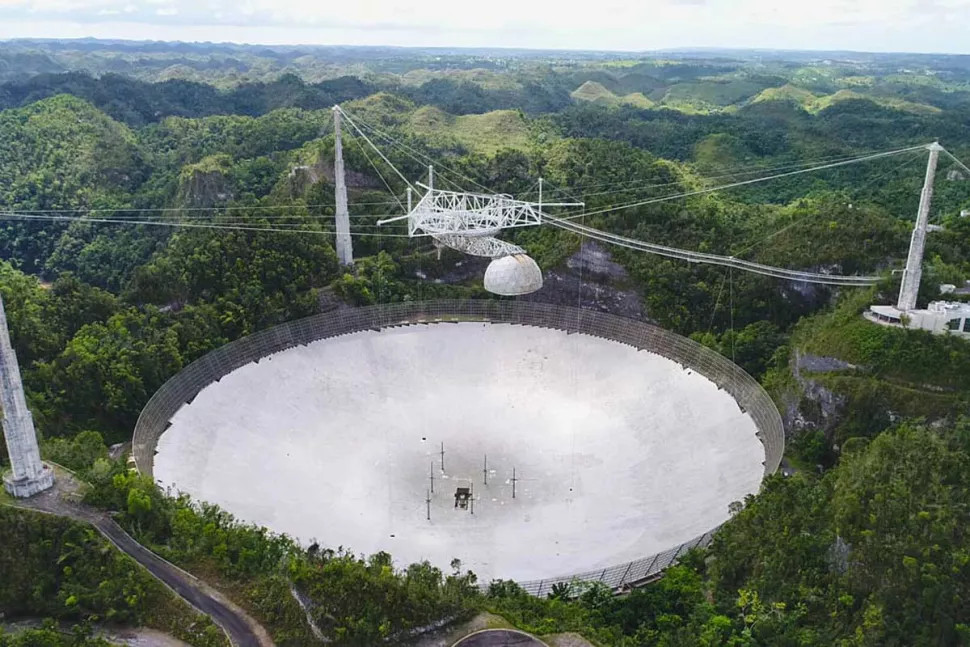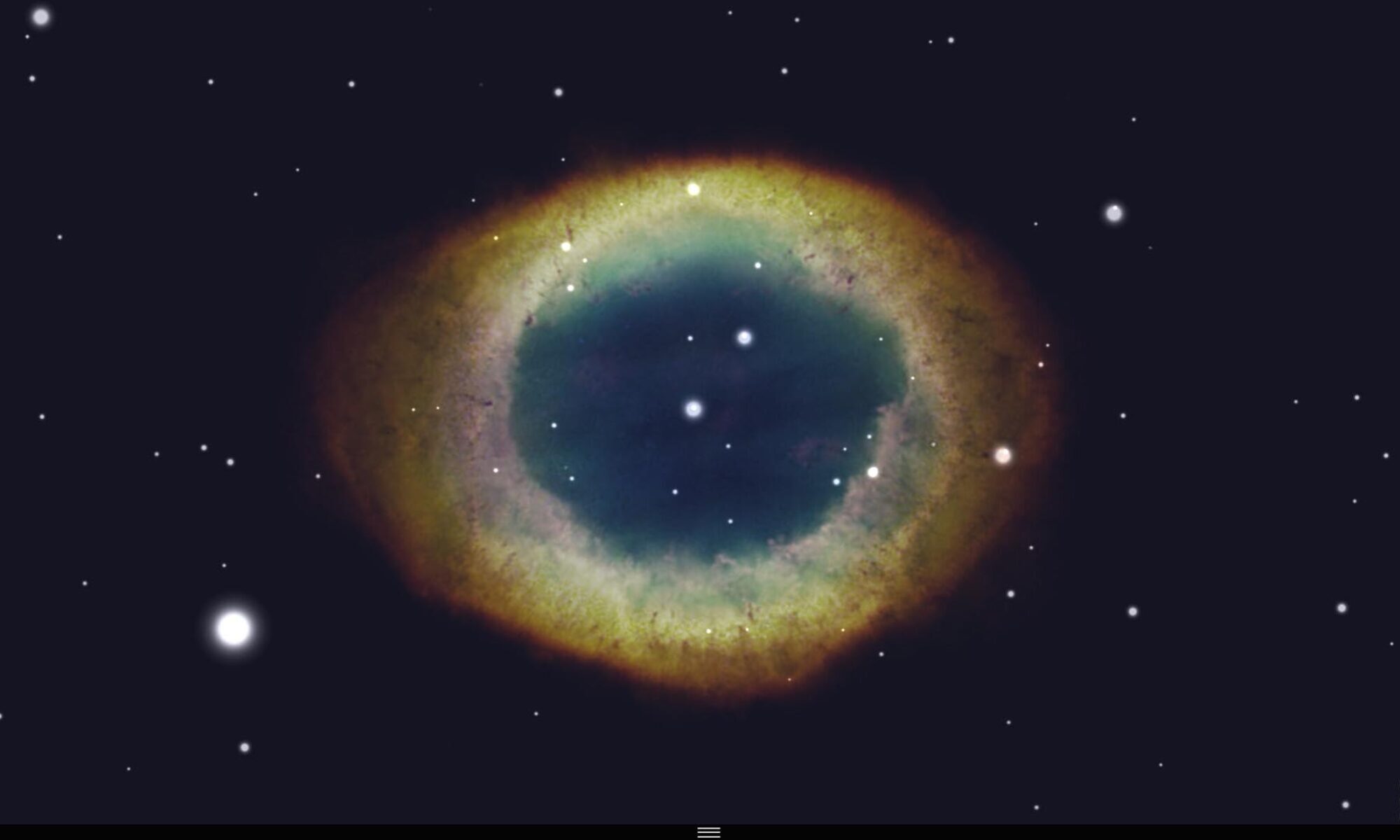Following the breakage of two cables in August and November of last year, the Arecibo radio telescope was in danger and at risk of collapsing. The rupture of a third cable ultimately caused the 900-ton central platform to fall onto the 305-meter dish.

Managed by the National Science Foundation, a U.S. government agency, this radio telescope was built in Arecibo, on the north coast of the island of Puerto Rico in the Antilles. Initially designed to study the ionosphere, it also proved to be an excellent astronomical instrument responsible for numerous scientific discoveries. On April 7, 1964, shortly after its inauguration, Gordon Pettengill’s team used it to measure the rotation period of the planet Mercury. In August 1989, the observatory captured the image of an asteroid – (4769) Castalia – for the first time. The following year, Polish astronomer Aleksander Wolszczan discovered the pulsar PSR B1257+12, followed in 1992 by the detection of two orbiting planets around it.
Arecibo also served as the data source for the SETI@home project proposed by the Space Sciences Laboratory at the University of Berkeley. This distributed computing project, using internet-connected computers, had two objectives. The first was to prove the effectiveness of this method, much less expensive than the use of supercomputers. The second was to analyze signals from the Arecibo antenna to detect, unsuccessfully, the existence of extraterrestrial intelligence.
It was possible to extract metadata from SETI@home calculation blocks in versions 1 and 2 of WinStars to know the celestial coordinates and frequency used to make the recording from the radio telescope. Version 3 no longer offers this feature since the project was discontinued in March 2020.
Arecibo also served as a filming location. For example, we remember this scene from Robert Zemeckis’ movie “Contact” (1997) where Jodie Foster first sees the radio telescope she is about to work with.




